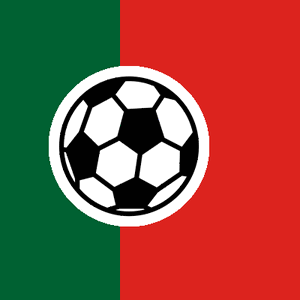 In footballing terms modern-day Portugal are an odd country. They should theoretically offer the flair and excitement of their Iberian neighbours Spain, but instead tend to be more industrious and organised like a less talented version of a German side.
In footballing terms modern-day Portugal are an odd country. They should theoretically offer the flair and excitement of their Iberian neighbours Spain, but instead tend to be more industrious and organised like a less talented version of a German side.
Indeed, the 2016 European Championship victory that gave the Seleção their first major trophy was achieved with just one victory within normal time, which didn’t occur until the semi-final stage.
That industrial style of football is a far cry from the more exciting game played by Portugal teams of the past. In 1966 Portugal reached the semi-finals of the World Cup, with Eusébio making himself a household name by finishing the tournament as the top-scorer. He scored nine goals in total, including one in the semi-final match that Portugal lost to eventual champions England.
From 1994 until 2006 the so called ‘Golden Generation’ of Portuguese football also lit up the international stage with a thrilling style of football more common with Mediterranean teams.
Introduction to Portuguese Football
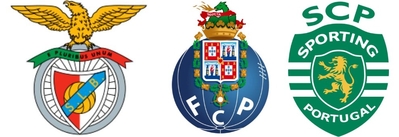 On a domestic front Portuguese football is dominated by three teams. Known as ‘The Big Three’, the Primeira Liga has been won by one of Sporting Lisbon, Porto or Benfica on every single occasion since its inception with the exception of 1945-1946 when Belenenses won it and 2000-2001 when Boavista were victorious.
On a domestic front Portuguese football is dominated by three teams. Known as ‘The Big Three’, the Primeira Liga has been won by one of Sporting Lisbon, Porto or Benfica on every single occasion since its inception with the exception of 1945-1946 when Belenenses won it and 2000-2001 when Boavista were victorious.
If that suggests a lack of competitiveness then it’s because the Portuguese league isn’t very competitive. As well as the league continually being won by one of The Big Three, one of the other big three teams has also finished second every year apart from on three occasions. The lack of diversity at the top of the Portuguese footballing pyramid might also explain why Portuguese clubs have struggled in Europe over the years.
The UEFA Champions League, previously known as the European Cup before it was rebranded, has been won by Portuguese sides just four times, whilst the UEFA Cup, now known as the UEFA Europa League, has gone to a team from Portugal twice. Between them, The Big Three have won the UEFA Cup Winners’ Cup, the UEFA Intertoto Cup and the UEFA Super Cup just once for each competition. The Intercontinental Cup has been won by a Portuguese team twice.
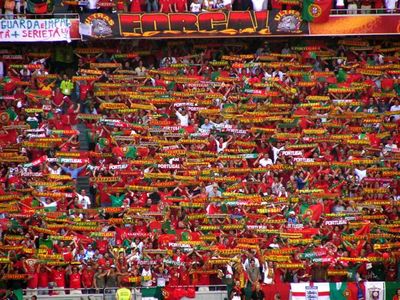
Just because you’re exceptionally unlikely to see your team win the league if you support anyone except Benfica, Porto, or Sporting, doesn’t mean that football is unpopular in Portugal. On the contrary, it is the most popular of all sports in the country. The Big Three teams regularly have average season attendances of over 30,000+ supporters, with the Primeira Liga often averaging over 10,000 per game across the league and with more than two and a half million people rocking up to watch the top-flight over the course of a season.
In this section of the website you’ll learn about the sorts of stadiums you’ll find in Portugal, the league system and set-up as well as the history of how football was introduced to the Portuguese in the first place. If you find any historical inaccuracies in what we’ve written then please feel free to keep it to yourself. No one likes a show off.
Portugal Stadiums
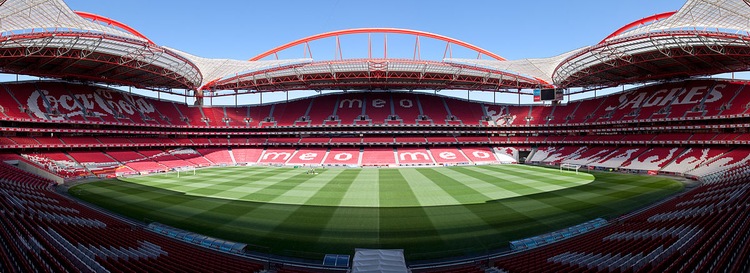
The stadiums in Portugal are generally made to take advantage of the country’s exceptional weather conditions. Who wants to be stuck inside when the sun is cracking the flags? The biggest stadiums in the country belong, somewhat unsurprisingly, to The Big Three, with all of them boasting capacities of over 50,000 and Benfica’s actually closer to 65,000. There are four more sides who have grounds that can fit in around 30,000 supporters, with many more nearer to the 5,000 mark.
You can tell, then, that the stadiums in Portugal are vastly different from each other depending on the team’s success over the years. The smaller grounds are best described as ‘basic’. The larger ones, on the other hand, can be considered to be very impressive structures indeed. Most of the stadiums in Portugal are built in the ‘Continental Style’ of offering a bowl of continuous seating, but some have the more ‘English Style’ of separate and distinct stands on each edge of the pitch.
Portugal Leagues
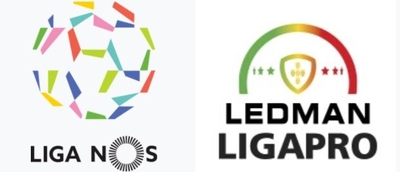 Much as with its neighbour Spain, the Portuguese system features two main leagues. The Primeira Liga, currently known as Liga NOS because of sponsorship, is the top-flight division and operates a system of relegation to and promotion from the Segunda Liga. Also similar to life in Spain is the fact that the top clubs are allowed to operate reserve sides who play their games in the second tier of the footballing pyramid. These reserve sides are ineligible for promotion to the Primeira Liga.
Much as with its neighbour Spain, the Portuguese system features two main leagues. The Primeira Liga, currently known as Liga NOS because of sponsorship, is the top-flight division and operates a system of relegation to and promotion from the Segunda Liga. Also similar to life in Spain is the fact that the top clubs are allowed to operate reserve sides who play their games in the second tier of the footballing pyramid. These reserve sides are ineligible for promotion to the Primeira Liga.
Eighteen clubs play their games in the top-flight, with a further twenty-four playing in the LigaPro, which is how the Segunda Liga is better known. At the moment it’s actually labelled as Ledman LigaPro because of sponsorship. Both of the divisions are under the management of the Liga Portuguesa de Futebol Profissional, or LPFP for short. That in itself works under the authority of the Portuguese Football Federation. The FPF also organises the third-tier of Portuguese football, the Campeonato de Portugal. That is made up of eight regional leagues featuring ten clubs in each.
Portugal National Team
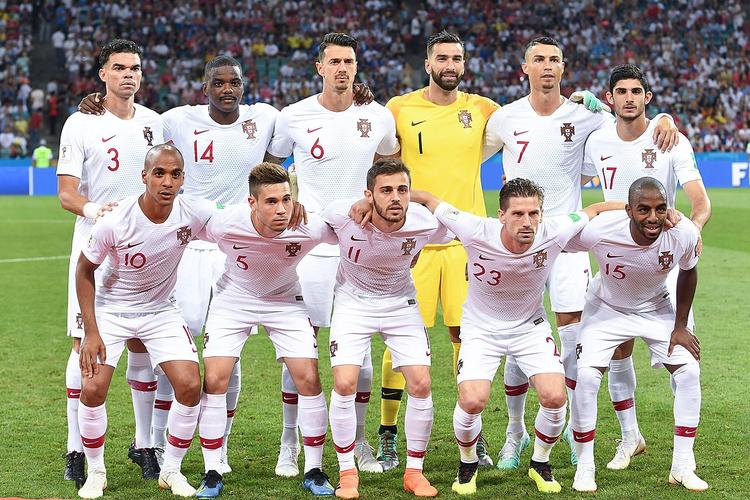
Portugal have long underwhelmed on the national stage, with even their best performances leaving them always the bridesmaid and never the bride. They reached the semi-final stage of the World Cup in 1966 and 2006 and have been knocked out at the same stage of the European Championships three times; in 1984, 2000 and 2012. They were also semi-finalists in the 1996 Summer Olympics. Their victory in the 2016 Euros was the country’s first at a major international tournament.
Portugal’s home ground is technically the Estádio Nacional, which is a 37,500 capacity stadium in the city of Lisbon. It is a somewhat jaded ground nowadays, however, so the Seleção have been playing a number of games at Estádio da Luz, the home of Benfica, whilst the Estádio Nacional undergoes renovations.
Key Stats
| Portugal National Team Statistics | |
|---|---|
| Year Formed | 1914 |
| Home Stadium | Estádio Nacional |
| Stadium Capacity | 37,500 |
| Major Honours | European Championships (2016) |
| Current Manager | Fernando Santos |
| Top Scorer | Cristiano Ronaldo (102) |
| Most Caps | Cristiano Ronaldo (169) |
| Best Performance at World Cup | Semi-Finals (1966, 2006) |
| Best Performance at European Championships | Winners (2016) |
| Kit Colours | Red with Green Socks (Home), Green with Black Socks (Away) |
History Of Football In Portugal
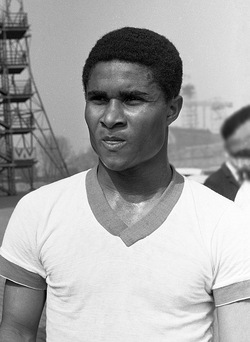
As with their Iberian neighbours in Spain, football first entered Portugal thanks to students who had been studying in England returning home and bringing the game with them. The first properly organised match took place in 1875 in Maderia, when locally born Harry Hinton brought a football back with him from his studies in England and arranged a kick-aboeut.
Guilherme Pinto Basto is the man traditionally credited with spreading the game through the country. He organised an exhibition match in 1888 and then another in 1889. The latter was played between teams representing England and Portugal and the hosts ran out 2-1 winners. This caused more and more people to become interested in the sport and it made its way into the colleges around Portugal before the turn of the century.
Little did they know that their actions would lead to players like Euesebio and Ronaldo taking to the international stage for their future countrymen to marvel at.
